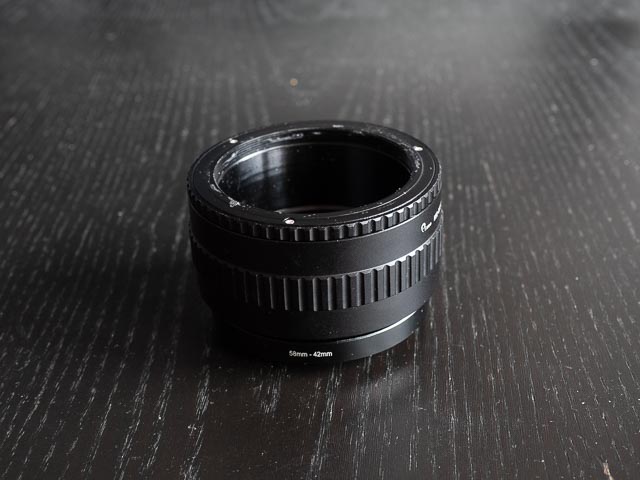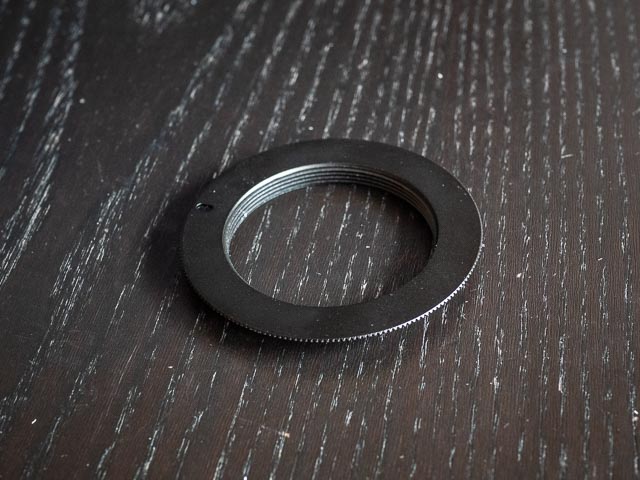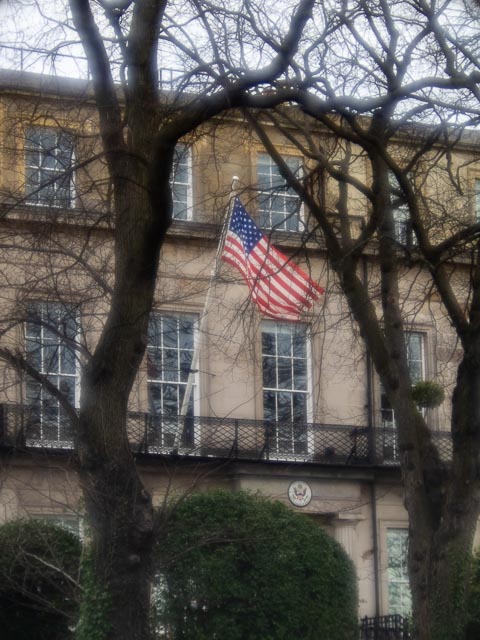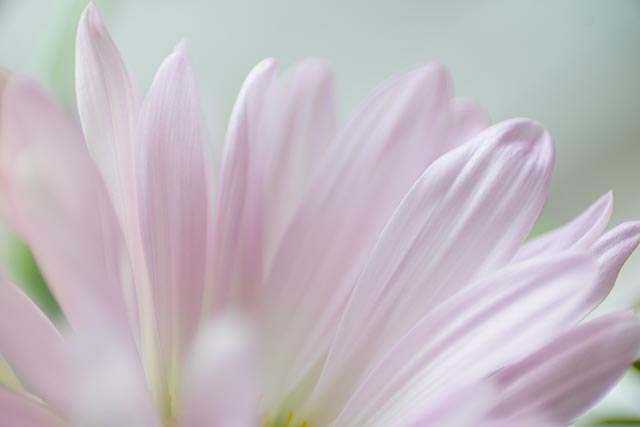Zeiss-Ikon Vario-Talon MC 70-120mm f/3.5

Zeiss-Ikon Vario-Talon MC 70-120mm f/3.5 lens unmounted

Zeiss-Ikon Vario-Talon MC 70-120mm f/3.5 adapted and ready to use

Zeiss-Ikon Vario-Talon MC 70-120mm f/3.5 lens mounted using an ultra-slim M42 to Sony adapter
This lens is a little different from all the 35mm slide projector lenses I've reviewed so far in that it has a variable focal length. But notice that I didn't call it a zoom lens!
Back in the early days of zoom lenses there was a type of camera lens with a variable focal length, but that required re-focussing every time the focal length was changed. You couldn't really call these lenses zoom lenses since that didn't give that experience of seeing an in-focus image zooming in and out as you moved the zoom ring, so to avoid any confusion they were generally termed "varifocal" lenses instead. Varifocal lenses were generally considered to have better image quality than zoom lenses, an important claim as early zoom lenses had a pretty terrible reputation… far worse than modern zoom lenses. But the inconvenience of having to refocus every time you changed the focal length meant most people never-the-less preferred zoom lenses over varifocal lenses. Kiron was one of the main proponents of this type of lens.
All of which is a very long-winded way of saying that the 70-120mm Vario Talon projection lens is a varifocal lens, not a zoom lens! Because a projector lens can generally be left at the same focal length and focus distance one the projector has been set up, the inconvenience is much less of an issue than it is with camera lenses. As far as I know all projector lenses with a variable focal length are varifocal lenses rather than zoom lens.
Here is a complete list of everything I used to adapt this lens.
-
 A focusing helicoid designed to mount an M58 screw mount lens on an M58 screw mount camera with a extension range of 36-90mm.
A focusing helicoid designed to mount an M58 screw mount lens on an M58 screw mount camera with a extension range of 36-90mm. -
M42 to M58 step-up ring
Look on Amazon or eBay. My M42-M58 step-up ring is now permanently stuck to my M58 focussing helicoid, which is why they are pictured together here!
-
 An ultra-slim M42 to Sony E mount adapter available on Amazon or eBay
An ultra-slim M42 to Sony E mount adapter available on Amazon or eBay
The method is super simple: Just screw the ultra-slim M42 to Sony E mount adapter onto the M42 to M58 step-up ring, then screw that onto the M58-M58 (36-90mm) focusing helicoid. Then here comes the trick: insert the Zeiss-Ikon Vario-Talon MC 70-120mm f/3.5 lens in backwards. I'm sure it would work forwards too, if it weren't for the fact that the tube at the back of this lens is too long to fit comfortably in the 36-90mm helicoid with out taking a hack saw to it. And why bother when it works so well reversed? The fit is very snug, so your lens will stay put without any Blu Tack or Black Tack, and without any packing. (Just be warned that the fit is so snug you may end up with a few minor rubs or scratches on the outer lens barrel.) The result is a very peculiar looking "franken-lens". This is a baby only it's mother could love!
In use this lens is a bit tricky. The fact that it is a varifocal lens rather than a zoom lens means the "zoom" control behaves much more like a focus ring, and the fact that the focussing helicoid also provides a real focus ring means co-ordinating the two takes a little getting used to!
Results
And the results from this monster? Well, this is one of the stranger projector lens I have encountered, and the results will vary considerably depending on the focus distance. Spoiler alert: this lens give gorgeous results at marco focusing distances (and mounting the lens in reverse means is can focus very close indeed), and extremely weird results at longer focussing distances. And in this case "weird" of more often than not a kind way to say "damned ugly"! LOL Let's take a look…


As you can see from this colour shot of the U.S. Consulate in Edinburgh, the results at medium to long focus distances are very low contrast and "glowy". You can see a similar glowyness in this shot of a headless angle in New Carlton Burial Ground just across the road from the U.S. Consulate. But the thing to notice here that crazy bokeh! The only way I could get even close to a satisfying image here was to do a black and white conversion in Nik Silver Efex Pro. But even though I generally like what you might call characterful bokeh, I'm having a really hard time trying to love the bokeh from this lens at medium to long focus distances!


As you start to get closer to the subject the bokeh starts to get much more interesting! I mean it's still super weird, but now I'm starting to find the results painterly and artistic rather than just plain ugly. There is a lot of LoCA (longitudinal chromatic aberration, AKA "Bokeh chromatic aberration"), but rather than try to remove it I decided to just turn up the saturation a little to emphasise it. I imagine this bokeh is going to be what you might call marmite bokeh, in that equal numbers of people will love and hate it, but for me the bokeh is now falling into the characterful category, rather than the just plain ugly category. But look what happens when we move into macro type focus distances…




These images were all shot on a tripod, indoors, and using nothing more than window light on an overcast day as a light source. Now we get bokeh that is beautifully smooth, yet still has some character. If you're a bokeh lover I think you're going to like this lens for macro photography. But if the variable focal length made you think this would be the ultimate projector lens for versatility, you're in for a disappointment, I think the results at longer focussing distances really do make this pretty much a single purpose lens for macro photography and nothing else. But those macro shots are worth the effort!